6 Things You Didn't Know You Could Do With The Backs of Spoons
You will be surprised to hear that it's no accident that spoons have a back to them, and far from being the useless, disappointment that it might appear to be, the backs of spoons actually have many uses.
Want to get the most out of your spoons? Of course you don't!
1. Squashing things
Probably the last thing on your mind when you are wielding a spoon in the vicinity your latest meal food, after remembering your washing is on the line, is the question: "how am I going to squash things?" Nobody brings a rolling pin, garlic crusher or mallet to the dinner table, at least not in the last couple of centuries. At least, not in western cultures. Not in this economy.
So you should try squashing peas with your spoon.
Oh shit and it's raining too and I think it was just dry this morning.
The flatter an object, the more squash it does to things, Archimedes said.
2. Bopping people
It's the same old, tired, worn out story isn't it? Your colleagues at work make a trite observation, most likely about how the work would have been done sooner if it had begun already, and you immediately thump them on the head out of the sheer, unremitting, ungodly, unjustifiably absurd idea that is exactly the project of this work. And to think that you are in fact undertaking this as your actual, chosen form of subsistence and existence.Or you would bop them if you had just a gosh darn thing to bop them with!
Rest assured - if your workplace has a cutlery budget, then you have a bopping budget.
If they could just about be bothered to provide a kitchen, or running water, or even the most crude hint of meaning for turning up to work at all.
A spoon's curved design provides exactly the optimal tensile strength for polycarbonate to crack an egg with minimal force. Even if that egg is called David.3. Sitting spoons inside other spoons
When I was a kid, we had 3 spoons. One for mum, one for dad, and one for second dad. When second dad was done using his spoon, they used to give it me. I would then throw the spoon out the window into the garden, and that's when "the spoon hunt" would begin. 48hrs of intense, familial rivalry.The rules were simple.
- Don't talk about the spoon hunt
- There are. No. Rules.
When we weren't eating with spoons or hunting for spoons in the garden, we would keep the spoons on their spoon hangers by the door.
You're probably wondering "Didn't you say rule number 1 was 'don't talk about spoon hunt'?" Yeah but rule 2 is there are. No. Rules. So, I can talk about spoon hunt! "But that's a rule too" ahahahahaha yeah but the rule that there are no rules.... Is a rule! So there are no rules!
And then, in 1997, I was watching tv with dad (first dad) and in between commercial breaks, there was an educational announcement about the recent discovery in an archaeological dig in France or China or somewhere overseas and they found actual archaeological evidence that the ancient Sumerians spoons were stored NOT on spoon hangers but sitting neatly on top of each other in a draw.
It wasn't long before the cool people, who in 1997 were mostly Italians remember, had ripped all their spoon hangers out of their house and began keeping their spoons in draws all stacked up on one another.
It would be 15 years before scientists could explain the physics of spoons inside other spoons.And then second dad moved out because he didn't love mum and first dad anymore. And he wasn't even my dad.
4. The physical reality of a spoon shape
A frequently overlooked fact about spoons (and I mean frequently, as in every time I click. My. Fingers. It's. Over. Looked) is the back of spoons are actually just the physical consequence of the front of the spoon being the shape it is.
The front of the spoon. You don't think of it as the front, do you? You think of it as the inside. And the back of the spoon is the outside.
If you were a spoon, your emotions would be the front of the spoon and your behaviours would be back of the spoon. And other people, they can't see your emotions. They can't see what's going on inside. So they only see the back of the spoon, you see?
Everyone is just seeing your spoon back. Nobody ever sees your spoon front.
5. Spinning them around
"You can't spin a spoon", wasn't just the watch word of the stock traders before the global financial crisis, it was common knowledge among city-goers and country slickers all over the world. Until. That's right. It's those Italians again.
Imagine I made up an elaborate story similar to the one I told you about spoon hangers. I'm on the same idea here I think something is wrong with me.
6. Playing spoons
I'm not talking about spoon hunt. I mean the *clackity* *clackity* *clack* of two spoons held expertly by expert hands in an expert attempt to expertly play percussion using spoons.
When playing spoons, two contestants will first draw straws to see who goes first. The longest straw goes last. The shortest straw goes first. In the event of a tie, the referee will draw straws with themselves to decide who goes first. If the referee ties with themselves, they draw straws again. In the event of the referee continuing to repeatedly draw a tie, the referee will give themselves first a warning, then a strike, and then on the third draw they will be disqualified. The contestants then draw straws to see who goes first.Sadly, spoon playing is a lost art form and hasn't been exhibited since the beginning of video recording, so we will never know how the rest of the game is scored.
Oh god finally
This one hurt. Tune in next week for more.
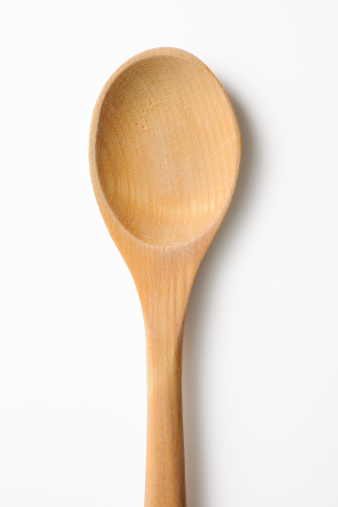

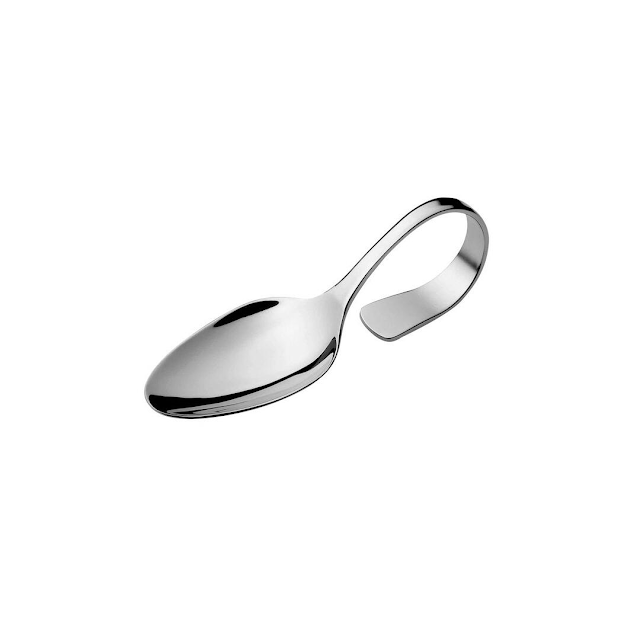
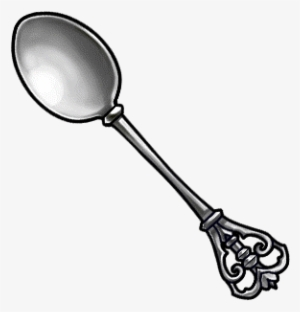




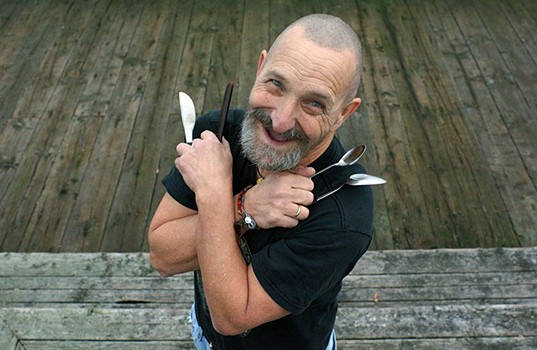
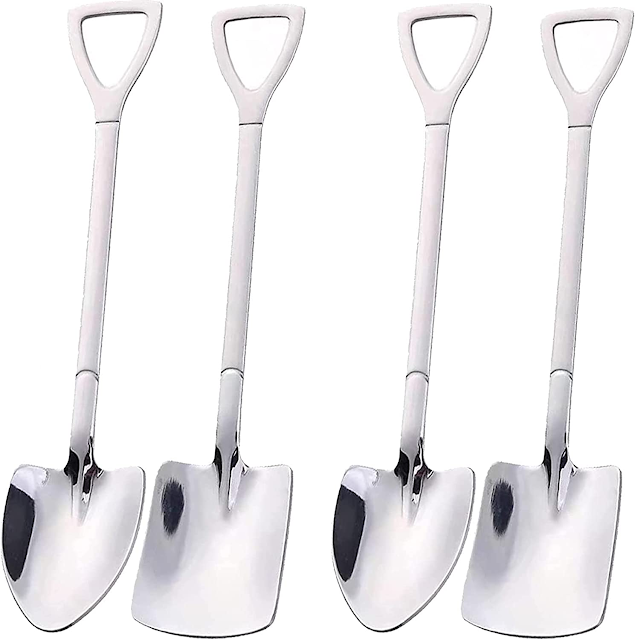
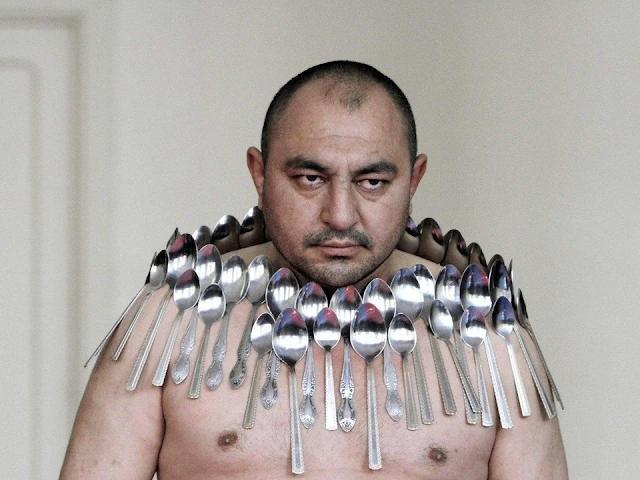

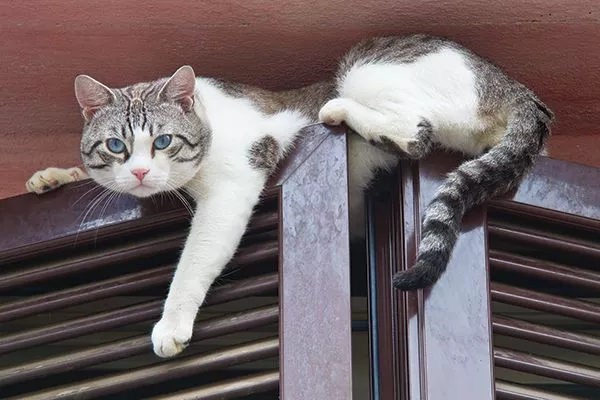
Comments
Post a Comment